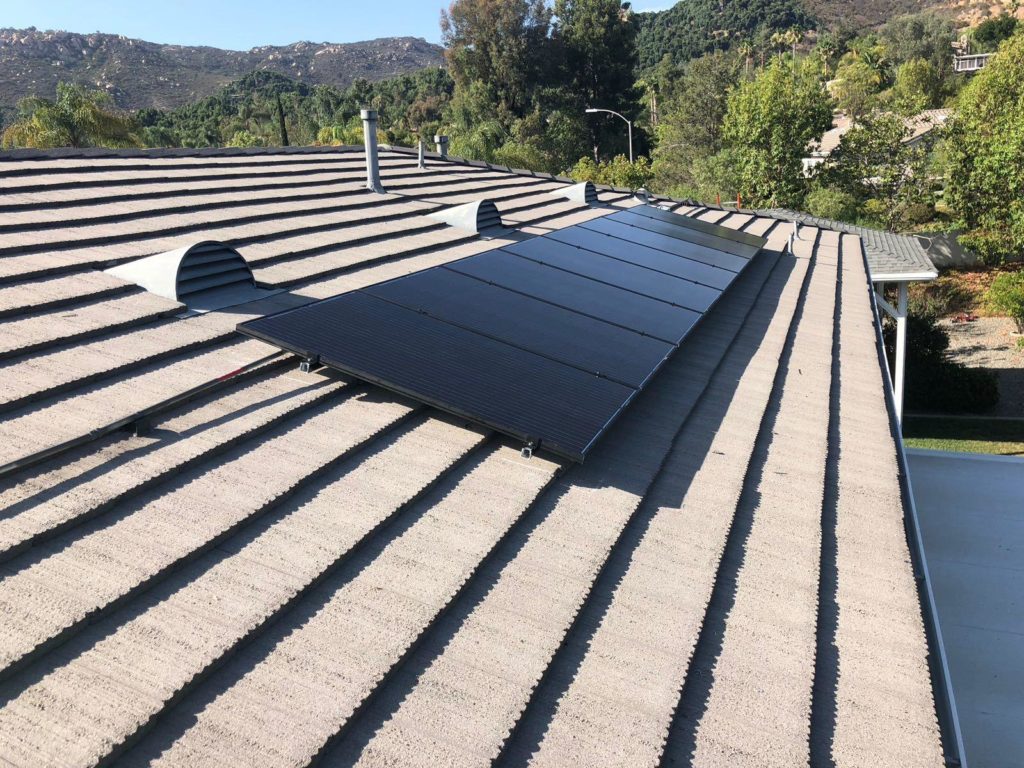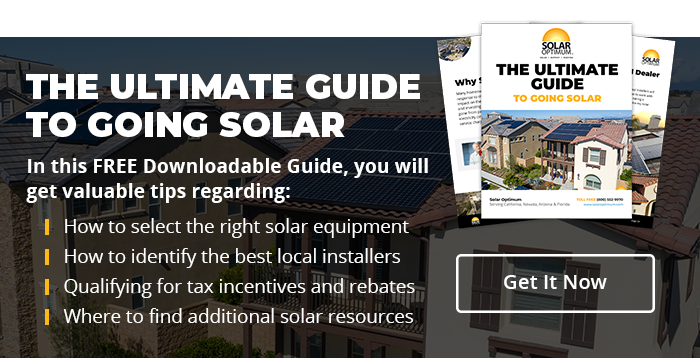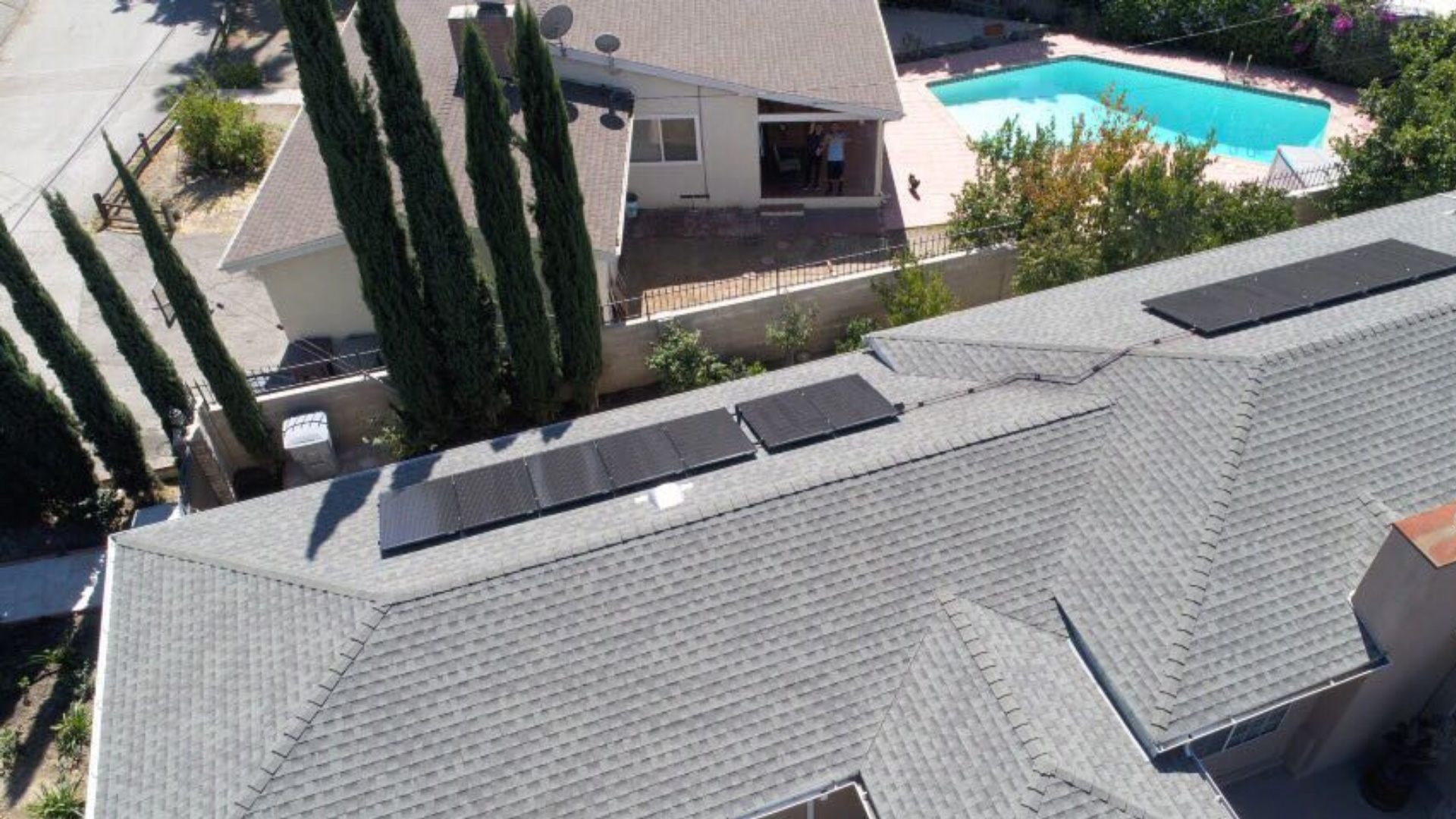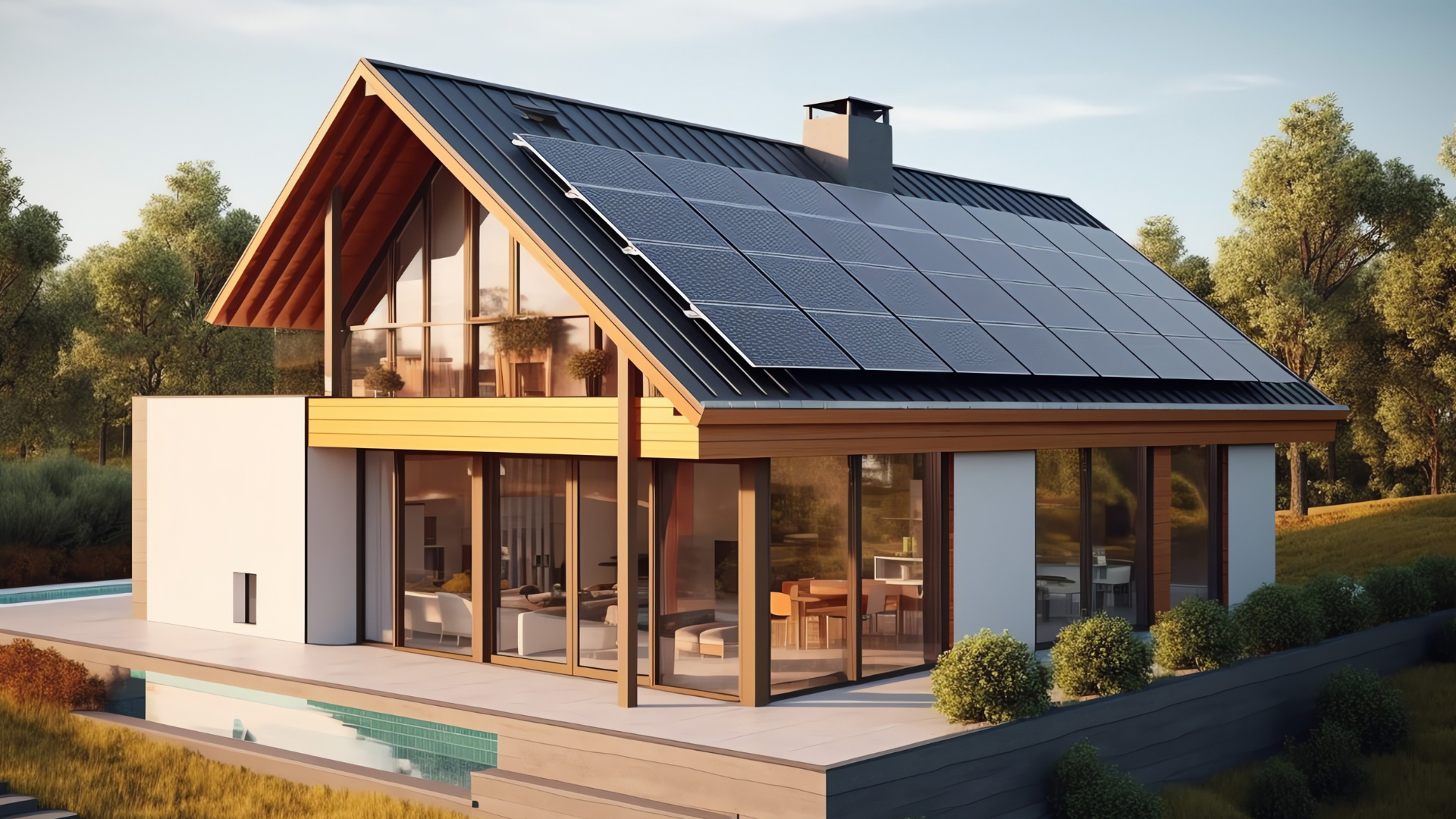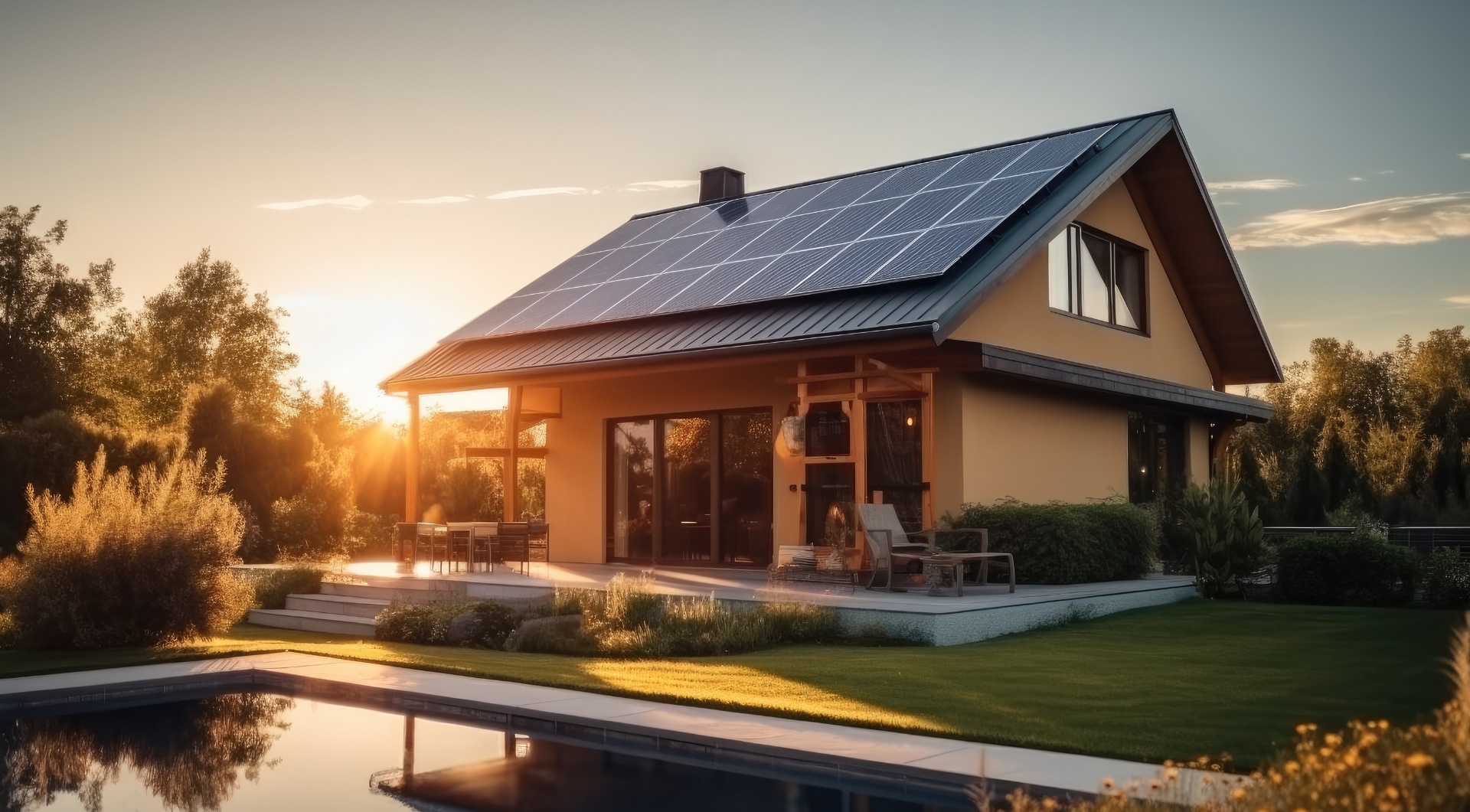Nevada homeowners who decide to go solar can choose between a flat-rate plan and two different Time-of-Use (TOU) plans. Choosing a program that will save you money depends on how much you use your electricity in the long run.
Retail electricity providers in Nevada started using Time-of-Use (TOU) rates in 2010. This article covers everything you ought to know about TOU rates. We’ll tell you why utility companies use them and how they can help you save money.
What Are Nevada Time-of-Use (TOU) Rates?
TOU rates refer to when your electricity cost depends on the time of day when you start consuming electricity. The method helps determine how a customer is billed for using electricity and aligns with the cost of energy production. The utility charges more during the time of day when electricity usage is high as they spend more with the increased use of energy from all customers in a given service area.
The specific details of TOU will differ from one utility or region and usually involve the “Peak” and “Off-Peak” hours of the area you live in. For instance, a peak period in an area can be during broad blocks of hours on a summer weekday afternoon, while the off-peak can be all the other hours.
Reasons for Using Time-of-Use Rates
Before the popularity of TOU rates, the price of electricity remained constant regardless of the time you switched on your appliance or ran an air conditioner. The electricity demand often changes on the grid with changing seasons. Typically, electricity use is higher in summer when they mostly use AC, and on weekdays, then later decreases in winter and on weekends.
Peak periods primarily range from 4 p.m. to 9 p.m., depending on the location and utility company. This is when most people are in their homes and engage in activities that use more electricity, increasing the demand on the grid. In response, utility companies or grid operators will have to increase their generators’ power than they require during the low-demand time of the day.
Increased electricity usage leads to higher wholesale prices with higher demand. Sometimes, the case can worsen, causing blackouts if production doesn’t increase to match the high demand.
Due to these overlapping factors, utility companies will face more costs if they are looking to create extra generation to meet demand during peak hours. Instead, they use TOU rates as an overall strategy to lower usage during high demands when they have difficulty producing power quickly and shift that consumption to less demand.
Save Money With Time of Use Rates and Solar Power
Switching to solar power is one way to reduce your energy consumption during peak periods and energy usage during the off-peak hour. Solar systems provide maximum power during the afternoon when the sun is sky-high. You can store the energy generated in the afternoon on batteries to use during peak hours if you’re located.
At Solar Optimum, we have been helping homeowners reduce their energy bills since 2008. Contact us to speak with one of our Energy Experts today!

